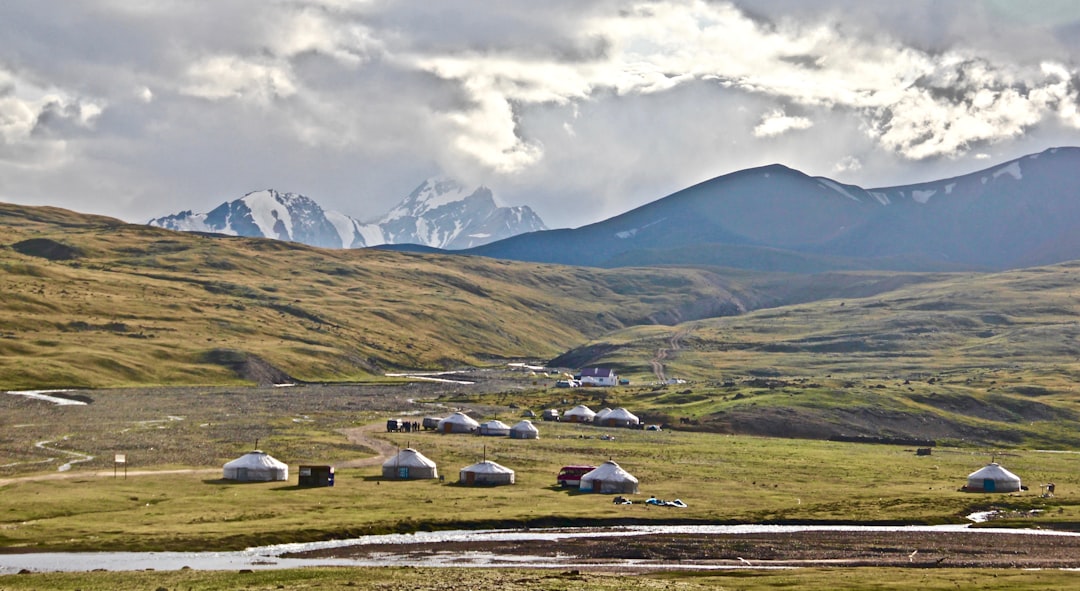What is it about?
Understanding the conditions under which human–wildlife interactions flip between mutually beneficial and antagonistic is a challenging yet critical endeavor to align human interests and wildlife protection. We study these conditions in a century-old cultural practice involving artisanal fishers who forage cooperatively with wild dolphins. By combining fine-scale behavioral tracking, long-term demographic surveys, and numerical simulations, we show that foraging synchrony is the key driver generating short- and long-term benefits for humans and dolphins. We then quantify the consequences of environmental changes, showing how recent declines in prey availability and foraging specialization can push the mutualism toward extinction. We propose conservation actions to prevent one of the last remaining human–wildlife cooperation from turning into one more human–wildlife conflict.
Featured Image

Photo by Noah Boyer on Unsplash
Why is it important?
Human-wildlife cooperation is a rare phenomenon. Throughout history and across the globe, most of the interactions between humans and wild animals have been one-sided—typically, humans benefit, animals pays the cost. Overfishing is a good example of that. However, we can still appreciate the cultural practices that involves humans and wild animals working together toward the same goal, and being mutually benefited from it. We studied one of the few remaining of such practices, involving bottlenose dolphins and artisanal net-casting in southern Brazil. We reveal how their cooperative interaction works with unprecedented details, how humans and dolphins gain short- (e.g. more fish) and long-term benefits (e.g. increased survival) from interacting, but also that such remarkable cooperation is in decline. By using our best data and best models, we can predict that if the environmental and cultural contexts continue to change as they are, we soon can loose this cultural practice and threat the socioecological system they form together. We suggest initial steps for local conservation actions that can help safeguard this human-wildlife cooperation and prevent it to turn into yet one more human-wildlife conflict.
Perspectives
In face of so many bad news we face every day, the simple lesson that dolphins and artisanal fishers remind us is inspiring: by cooperating, we can all coexist in harmony.
Mauricio Cantor
Oregon State University
Read the Original
This page is a summary of: Foraging synchrony drives resilience in human–dolphin mutualism, Proceedings of the National Academy of Sciences, January 2023, Proceedings of the National Academy of Sciences,
DOI: 10.1073/pnas.2207739120.
You can read the full text:
Resources
Fishing in synchrony brings mutual benefits for dolphins and people in Brazil, research shows
Press release by OSU
Supplementary Videos
Videos
Dolphins and humans team up to catch fish in Brazil
Article about this study in the journal Science
Media attention to this article
Altmetric profile with link to hundreds of news about this study
Contributors
The following have contributed to this page










